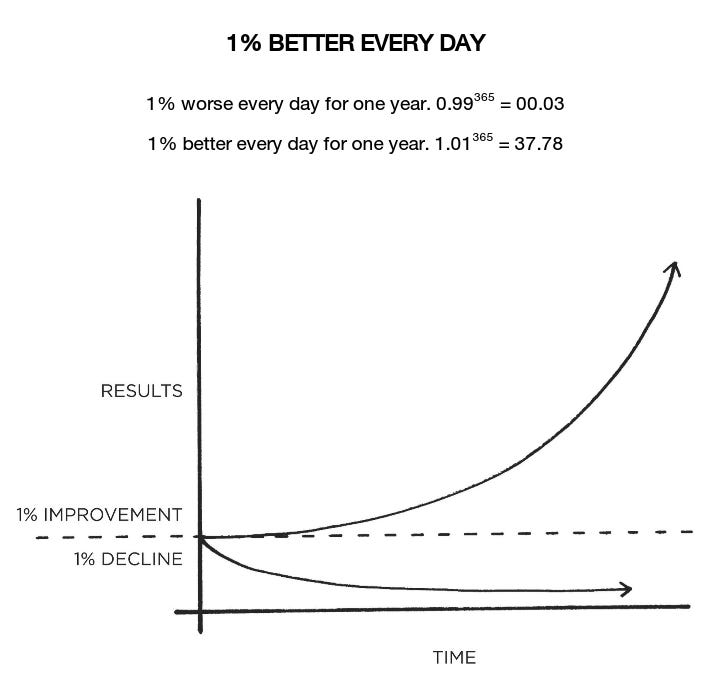Lessons from the Book Atomic Habits
How do you crush bad habits and install new ones?
Let’s a take look at the key lessons from the book Atomic Habits. It is the ultimate guide to what habits are and how effectively you can implement good habits in your life.
To make good habits stick you need to.
### Make it obvious- Keep habit scorecards to track the number of days per month you acted out a habit, i.e exercising, reading. And, your brain will remember to perform the habits if you can specify the location and time where you want to perform them. (i.e exercise in the gym at 5 p.m etc)
### Make it attractive- After you do something hard, do something you find easy or enjoyable. Combine a tough task with an easy or enjoyable task. It will gamify doing your work.
### Make it easy- remove all the frictions to do any habit, for example, if you keep a book in front of you that you want to read, then in your free time, your default procrastination will be taking up the book and reading it.
### Make it satisfying- keep a chain or a streak of habits, don't break the chain. If you once break the chain, try to get back to doing the habit, don’t miss the next day.
To pluck out habits you need to take the opposite actions
#breaking bad habits
make it invisible- try to remove the things that give you the trigger to commit certain habits, for example, if you want to stop playing a game that you find highly addictive, the first step you would want to remove the app from your phone.
Make it unattractive- you should highlight and remind yourself of the benefits you will get once you stop doing them.
Make it difficult- increase the number of steps between committing the bad habit. The author describes how keeping away gaming consoles in the corner of the house can help overcome gaming addiction.
Make it unsatisfying- We need to share with someone after breaking our habits, or an accountability partner with whom you can share about your habits helps.
But what are habits and habits and how do they work?
Habits are actions that you repeatedly do without requiring any willpower, (i.e checking out Facebook feed when tired, etc). Look at this graph, good habits help you in a non-linear fashion, it means you won’t be getting any visible results for a while but after the habit is done consistently for while, it will start giving results.
and over time, habits compound! For example, if you get 1% percent better every day following good habits, by the end of the year, you will get (1.01^365= 37) times better. But, if you get 1% with your bad habits worse every day, you will reach ( 0.99^365=0.03) to zero. Continual of everything will give massive results in the long run, good or bad.
So, you will get results depending on you what habits you feed yourself.
Some useful vids on habit below




